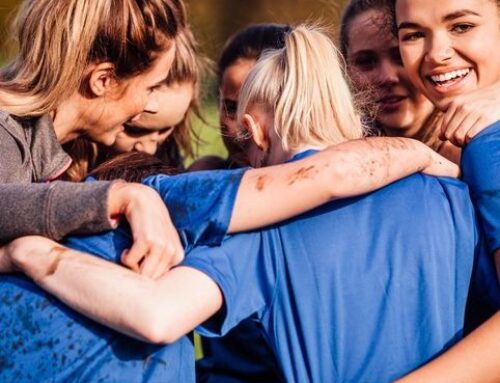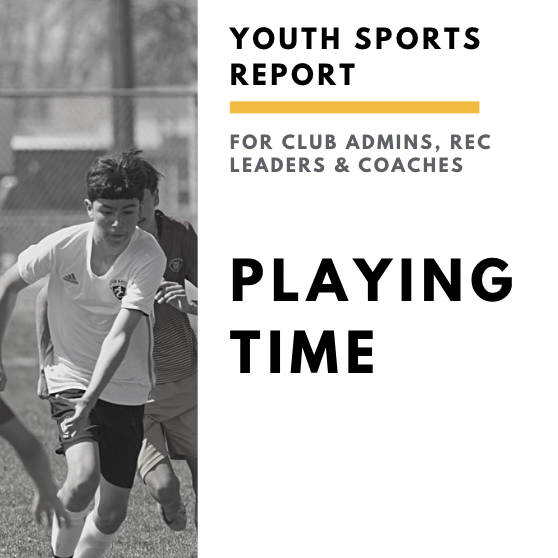Get our exclusive report. Download the iSport360 Club Switching Report Here – For Club Admins, Rec Leaders and Coaches.
Why Are Boys Quitting Youth Sports?
Youth sports have long been considered a cornerstone of childhood development, offering valuable lessons in teamwork, discipline, and physical fitness. However, a troubling trend has emerged in recent years: participation rates among boys in organized youth sports are declining at an alarming rate. This shift represents more than just changing recreational preferences—it signals a fundamental transformation in how young men engage with physical activity and community involvement.
The Numbers Tell the Story
The statistics paint a concerning picture. According to the Sports & Fitness Industry Association, youth sports participation has dropped significantly over the past decade, with boys experiencing steeper declines than girls in many traditional team sports. Football, once a dominant force in American youth athletics, has seen particularly dramatic decreases, with participation falling by over 20% in some regions. Baseball and basketball have similarly experienced notable drops in enrollment and league formation.
This decline isn’t limited to contact sports either. Track and field, swimming, and even recreational leagues have reported decreased male participation. The trend becomes more pronounced as boys enter their teenage years, with dropout rates accelerating around ages 13-15, precisely when sports could provide crucial structure and mentorship during adolescent development.
The Digital Revolution’s Impact
One of the most significant factors contributing to this decline is the rise of digital entertainment. Video games, streaming platforms, and social media now compete directly with sports for young people’s attention and time. Unlike previous generations where outdoor play and organized sports were primary entertainment options, today’s boys have unlimited access to engaging digital alternatives that require no physical exertion, travel, or scheduled commitment.
The appeal of gaming culture has created new forms of competition and community that many boys find more accessible and immediately rewarding than traditional sports. Esports and online gaming communities offer instant gratification, social connection, and skill development without the physical demands, time commitments, or potential for injury associated with traditional athletics.
Economic and Logistical Barriers
The rising cost of youth sports participation has created another significant barrier. Equipment expenses, registration fees, travel costs, and specialized training have transformed many youth sports from accessible community activities into expensive endeavors that many families simply cannot afford. A single season of travel baseball or elite soccer can cost thousands of dollars, effectively pricing out middle and lower-income families.
Additionally, the increasing specialization of youth sports has created pressure for year-round commitment to single sports, making participation more demanding for both children and parents. This intensity can lead to burnout and eliminate the multi-sport experiences that previously kept more boys engaged in athletics throughout their youth.
Cultural and Social Shifts
Modern parenting approaches have also influenced this trend. Increased academic pressure, concern about injuries, and changing attitudes toward competition have led some families to prioritize other activities over sports participation. The growing emphasis on individual achievement and college preparation has shifted focus toward activities perceived as more directly beneficial for academic success.
Furthermore, the decline in informal neighborhood sports culture has reduced natural pathways into organized athletics. Previous generations often transitioned from pickup games and street sports into formal leagues, but today’s more structured and supervised childhood environments provide fewer opportunities for this organic development.
The Consequences of Declining Participation
The implications of this trend extend far beyond athletics. Youth sports traditionally served as important venues for developing leadership skills, learning to handle both success and failure, and building lasting friendships across diverse backgrounds. They provided natural mentorship opportunities with coaches and older players while establishing healthy habits around physical fitness and goal-setting.
For many boys, sports served as crucial outlets for physical energy and emotional expression during developmental years. The decline in participation may contribute to increased rates of anxiety, depression, and social isolation among young men, while also potentially impacting long-term physical health outcomes.
Looking Forward
Addressing this decline requires multifaceted approaches from communities, schools, and sports organizations. Initiatives focused on reducing costs, emphasizing fun over competition, and creating more flexible participation options could help reverse these trends. Programs that integrate technology with physical activity, develop stronger school-based sports offerings, and rebuild community-level recreational opportunities may prove essential.
The decline in boys’ youth sports participation represents a significant shift in American childhood that deserves serious attention. While digital entertainment and changing social priorities aren’t inherently negative, the loss of traditional athletic participation removes important developmental opportunities that have historically benefited young men. Finding ways to adapt youth sports to contemporary realities while preserving their core benefits will be crucial for supporting healthy development in future generations.
About the Author:
Amy Masters is a proud sports mom, seasoned coach, and dedicated club administrator with over a decade of experience in youth athletics. She launched Jr Lions Field Hockey in Hunterdon County, growing it from just 40 players in its first season to over 150 by year three. Fueled by the growing passion and competitive spirit of local athletes, she went on to found Omega Field Hockey Club, now serving players across New Jersey and Pennsylvania.
A former collegiate athlete herself, Amy played field hockey at Lock Haven University, where her love for the game truly took root. Off the field (and somehow still finding time), she leads marketing for iSport360 and co-edits the Youth Sports Survival Guide—the largest youth sports newsletter in the world.
Learn more or request a demo of our youth sports software that is helping teams improve communication, organization and player development.
July 7, 2025





